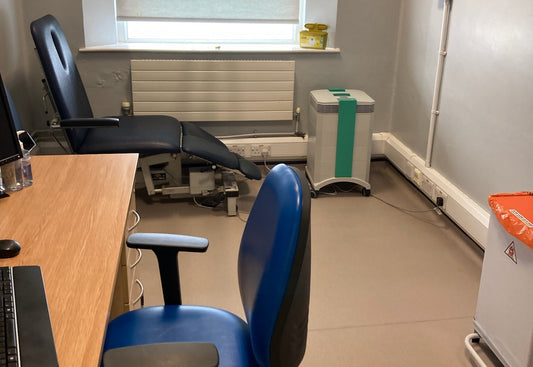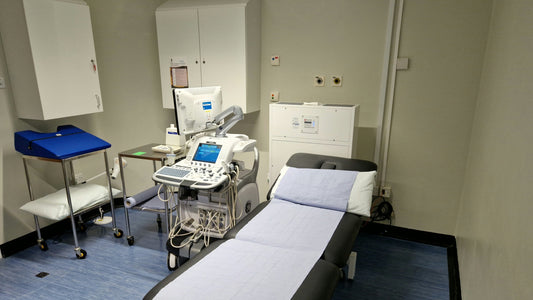There are around 3,000 new cases of occupational asthma diagnosed in the UK every year (and there may be many more cases going undiagnosed). Most of these cases could be prevented if the right steps for controlling air pollution at the workplace are taken. In a new study, Professor Jon Ayres at the Institute of Occupational and Environmental Medicine at the University of Birmingham, and colleagues, reveal the costs of occupational asthma. They find that the majority of these are borne by the individual, their family, and the state. The employer often gets away lightly when it comes to protecting people from getting asthma due to unhealthy work conditions, or helping them once the condition has developed.
The paper looks at three hypothetical cases of occupational asthma to work out the total cost of each scenario. These were an isocyanate, latex and biocide (e.g. glutaraldehyde), and flour exposure. The isocyanate is found in many types of paint and, typically, people involved in motor vehicle repair are often exposed. Healthcare workers may come into contact with latex and biocide. Flour particles may cause breathing problems for those working in the baking industries. Other common factors that contribute to poor air quality in offices are printing fumes, off-gassing of VOCs from building material (such as new floors or carpets, wall insulation, heating devices), and general particulate pollution from traffic pollution through nearby roads, airports or harbours.
The impact on the individual with occupational asthma varies and so do the costs relating to an employee developing asthma. It is hard to imagine how someone could gain from developing asthma from workplace exposure - mostly they just lose out. They may struggle on with their job, risking a worsening of their health. Or they may find a different job with the same employer, that doesn’t involve exposure to their allergen - like the motor mechanic who is offered a desk job, or the nurse moved off the wards into admin. Some may move to an entirely different job or even retire from the workforce altogether. These changes involve indirect costs, where the individual and their family may well suffer from loss of income (and the employer suffers lost productivity and the additional cost of training a new employee). Then there are direct costs arising from the person with occupational asthma’s use of the NHS and any benefits they may claim.
So how does it all add up? Here is the burden of occupational asthma - a total of 209 cases - estimated for the three exposures:
- Latex or glutaraldehyde - 7 male, 21 female
- Isocyanates - 104 male, 4 female
- Flour or grain - 45 male, 28 female
The total cost to society for all 209 cases of occupational asthma was estimated to be between £25million and £27million over a lifetime. And the total cost, of all cases of occupational asthma arising in one year, would be between £71million and £100million. These costs are shared more or less equally between the individual with asthma and other taxpayers (public money being the source of NHS costs). The employer bears only around 3-4% of the costs resulting from occupational asthma (not including the cost for training a new employee). Professor Ayres points out that removal or reduction of exposure to allergens in the workplace can be very effective and is often easy to implement. These air pollution measures at the workplace could save the individual and society up to £100 million, just by avoiding one year’s worth of new cases. I think it's time employers are pressured to be more responsible and take the necessary steps to reduce exposure to airborne pollution at the workplace.
If you are looking for office air purifiers, please contact us at 0203 176 0524 to speak to one of our experts for the best solution for you.
Source:
Ayres et al Costs of occupational asthma in the UK Thorax January 2011




